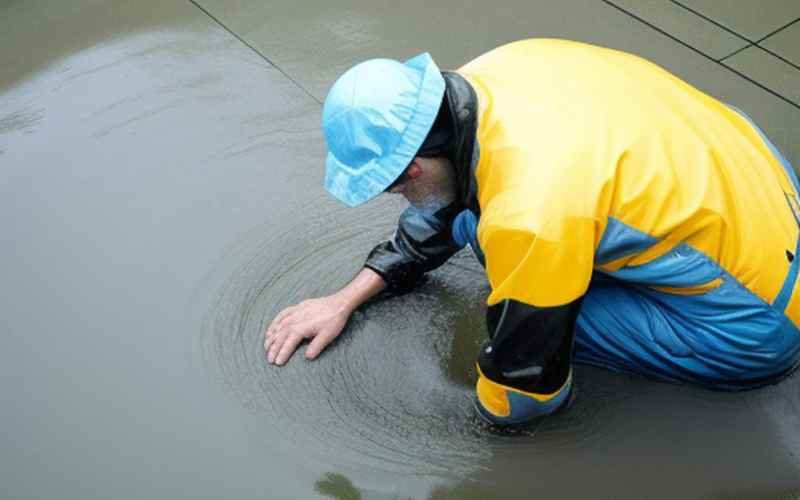Maintaining a dry environment in the cellar is crucial because it reduces the likelihood that problems such as mould growth will occur there. In addition, the presence of a dry cellar reduces the likelihood of structural failure due to excessive humidity. Waterproofing your basement is one of the most effective ways to ensure no moisture.
To prevent groundwater infiltration, basement waterproofing requires using specialized materials and methods used by companies. The processes for waterproofing a basement prioritize sealing the exterior and interior portions of the basement’s walls and floor because these are the most probable entry points for water. This article compares and contrasts the advantages and disadvantages of three distinct basement waterproofing techniques.
Internal Construction Waterproofing
The basement waterproofing procedure can be completed by directing water to the sump pump, forcing water to leave the basement. It is necessary to excavate the floor, construct drains, and seal the interior surfaces of the basement walls to ensure that any water that collects in the basement is effectively evacuated.
Advantages
- This strategy effectively reduces the quantity of hydrostatic pressure exerted at the basement’s lowest point.
- It is a cost-effective way to prevent water from infiltrating.
Disadvantages
- The water that enters the cellar through the walls is not adequately treated.
- Does nothing to alleviate the problem caused by the exceedingly high humidity.
An excavation and sealing of the exterior walls
It is strongly advised that an excavator be utilized when excavating the perimeter of the foundation. To prevent water from entering the cellar, the foundation wall must be uncovered and then sealed. The drainage systems should be repaired to prevent water from accumulating around the foundation.
Basement Crack repair plays a critical role in maintaining the integrity of the foundation. It involves identifying and fixing any cracks or weaknesses in the foundation walls to ensure that water doesn’t seep into the basement. This step is essential for keeping your basement dry and your home structurally sound.
Advantages
- This architectural element prevents water from leaking into the cellar and reduces the basement’s humidity.
- Makes the area surrounding the basement have adequate drainage.
Disadvantages
Overall, the excavation waterproofing process requires a significant quantity of manual labour.
- The excavation causes injury to the surrounding natural environment, particularly in the vicinity of the basement.
Using the Multi-Steps waterproofing method
To use this method, you must perform various tasks, including waterproofing the interior and completely excavating the area. In other words, it is insufficient to merely waterproof the basement’s interior; the exterior walls must also be inspected for fissures and repaired before the basement can be sealed. As part of this undertaking, drainage systems outside the basement have also been updated.
Advantages
- The underground location of the cellar can give rise to several water and moisture issues, all of which can be effectively remedied via a multistep process.
- When water drains from the cellar, basement walls are protected.
Disadvantages
The astronomically high cost of actually performing the labour.
- Almost certainly, the neighbouring environment of an excavation site will suffer.
Conclusion
It’s worth noting that the best approach to waterproofing a cellar often involves a combination of methods tailored to the specific circumstances of your property. Consulting with a professional waterproofing contractor can help determine the most appropriate solution.











